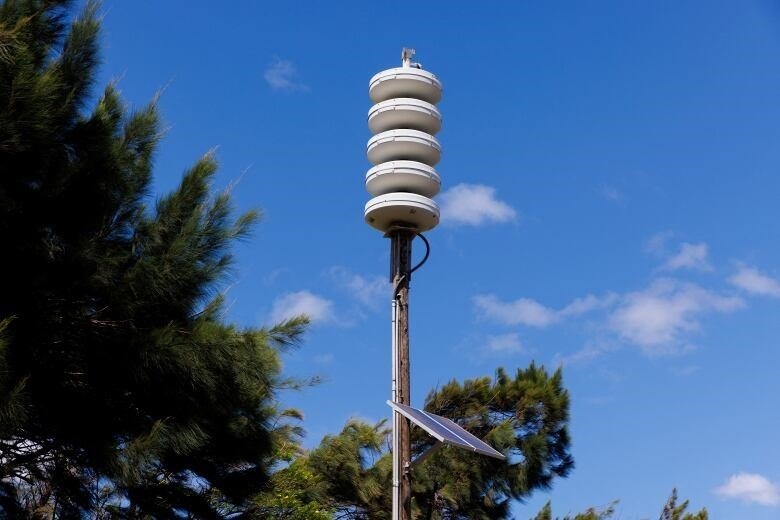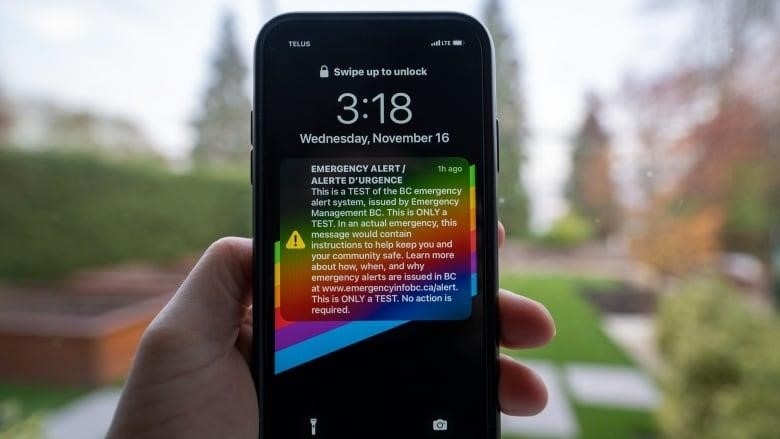
Some weather experts say the system works well, but it could be better
This year, there have been more wildfires and other extreme weather events, so more Canadians are getting emergency alerts on their phones or through other channels. These alerts tell them to take precautions or even leave their homes.
The alerts come via Canada’s National System for Public Alerting, which is used for things like Amber Alerts, warnings about dangerous people, storm warnings, and orders to evacuate.But most of them are about the weather, and the number of messages sent because of extreme weather, especially wildfires, has gone up dramatically in recent years.
According to the brand name of the alert system, Alert Ready, it sent 175 alerts to Canadians in 2021. Of those, 113 were about extreme weather.
In 2022, the number of disasters rose to 824, with 719 of them caused by bad weather or wildfires.
And there have been 980 alerts so far in 2023, with 937 of them being about wildfires or bad weather.
Experts in disaster management say that the system for weather alerts works pretty well. Some Canadians, however,have observed or experienced first hand, the system is not foolproof, and those experts say it could work even better.
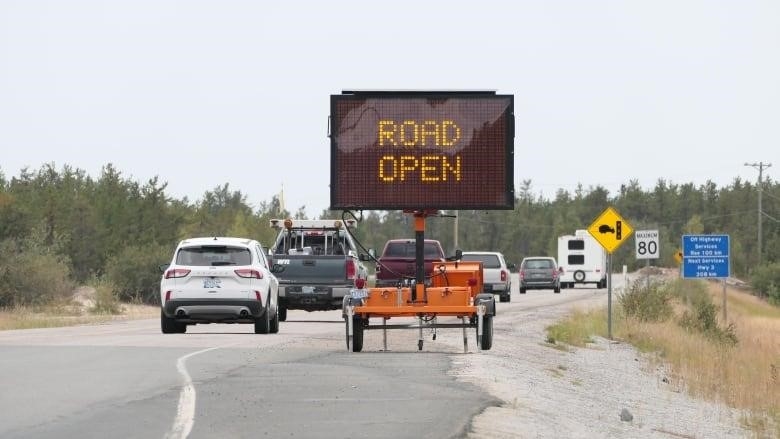
Jack Rozdilsky, an associate professor of disaster and emergency management at York University in Toronto, said, “For these systems to work right, the technology, how they work, how people see them, and how much they trust them all have to work together.”
Jean Slick, a professor of disaster and emergency management at Royal Roads University in Victoria, says that the question has been, “Has the message been sent? And does the message get sent on time?“
How do alerts work
The emergency alert system has many parts and is used by federal, provincial, and territorial government officials as well as federal and provincial police forces.
The alert is put into the National Alert Aggregation and Dissemination (NAAD) System. This is the technological infrastructure owned and run by Pelmorex, an Ontario-based company that also owns The Weather Network. The NAAD then sends the alert to the distributor, which could be a mobile service provider, a cable or satellite company, a radio or TV station, or all of the above. The distributor then sends the alert to the public.
For wireless devices to get an alert, they must be connected to an LTE or 5G network, which can be hard if cell service goes down because of an emergency.
“We don’t want to be dependent on any one technology,” Slick said. “What we want is to be able to talk to people in different ways. And the information from these many channels will be spread in different ways.”
Rozdilsky says that could mean sending the alert through social media as well as other, less high-tech ways.
“Infrastructure we depend on, like the electricity that powers internet devices or the towers we need to talk to each other, can break down or get damaged,” he said.
“We’d be stupid not to think of backups for backups,” he said, pointing to things like signs on highways, going door-to-door, or even loudspeakers on a vehicle if time allows.
WATCH: We need better infrastructure for communication, The Premier of NWT says:
Plans within the plan
Slick says that a good plan for emergency alerts gives people time to get ready.
This could mean sending out a message about a risk being watched, like a fire or storm, before actually sending a warning.
“That helps them pay more attention to warning messages when they come and be more aware of them.”
She also says that the government should know exactly what will cause the next alert and the one after that.
“There should be a plan for when to send out warnings, and trigger points are one of the things in a plan. And you have points where different dangers can happen.”
For example, if there was a wildfire, the government might have sent a warning to leave. But she says it needs to be clear that if the fire goes past a certain point, another alert will be sent and the warning will become an order to leave.

Slick says that the message itself is also very important. It has to talk about the risk, make it personal, explain what will happen, and explain what will happen if nothing is done.
“These messages should also tell you what you can do to stay safe, such as stay put, evacuate, or stay alert and check back every hour for more information.”
Slick said that it is not true that sending out emergency alerts could cause panic. The idea goes back to the Cold War, when governments were afraid that if there was a nuclear accident, people would freak out. This led to the study of disaster management, where it was found that the opposite was true.
“Research shows that people’s actions during disasters are almost always, not always, but almost always helpful,” Slick said. “People will help and back you. They will do things to help each other, as well as things to help themselves and each other. You just have to tell them what they need to know.”
Timing is everythin
When officials told the people of Yellowknife they had to leave within 36 hours, they made sure to tell those who didn’t have a car and had to take a plane to bring their pets with them.
It was a simple but important move that, according to Slick, might have kept people from being late because they didn’t want to leave a pet behind.
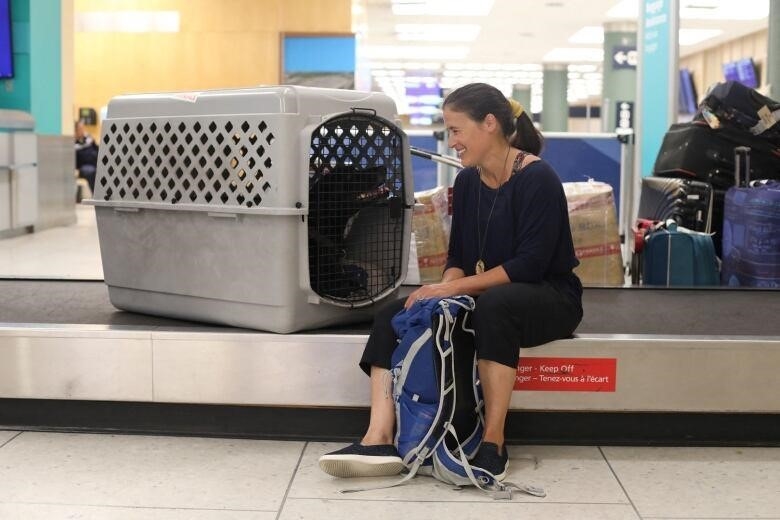
She also says that it’s important for officials in rural areas to think about livestock and maybe send out warnings before people have to leave.
“People who have to work and are trying to get their horses, cattle, farm animals, or pets to safety often have to wait longer to leave,” she said. “That early warning about a coming threat is important so that people can start to take steps to protect themselves.”
Still, some phones don’t get alerts
The Canadian Radio-Television and Telecommunications Commission (CRTC), which oversees the alert system, says that all cell phones sold in Canada must be able to receive alerts, which means they must be LTE/5G capable.
But the alerts might not reach people who didn’t get their phone from a Canadian provider or who are still using older models.
The CRTC told CBC News in an email that it is looking intoHow to “make networks more reliable and lessen their effects” of outages” for 911 calls and public alerts, including ways that phones could still get alerts in the event of an outage, such as over WiFi.
Alerts also don’t work if a phone is muted or in airplane mode, but a muted phone that is connected to a network will still get the message on its screen.
LISTEN | What we can learn from the floods in N.S.:
Martin Bélanger, the director of public alerting at Pelmorex, says that when sending out an alert, emergency management officials often use other ways to reach the public, like social media, their own websites or apps, or even news releases.
“And if someone didn’t get the alert because they didn’t have a phone or didn’t have a chance to listen to the radio or watch TV, they might be close to someone who did get the alert, and that person can tell them what’s going on,” he said.
Imagine being on a corner in the city or even just in a house where more than one person lives. Even if your phone doesn’t ring, it’s likely that a phone nearby will, or that someone you know will send you the important information.
No alert will work in the middle of the night if your phone is off or on silent and you are sleeping.
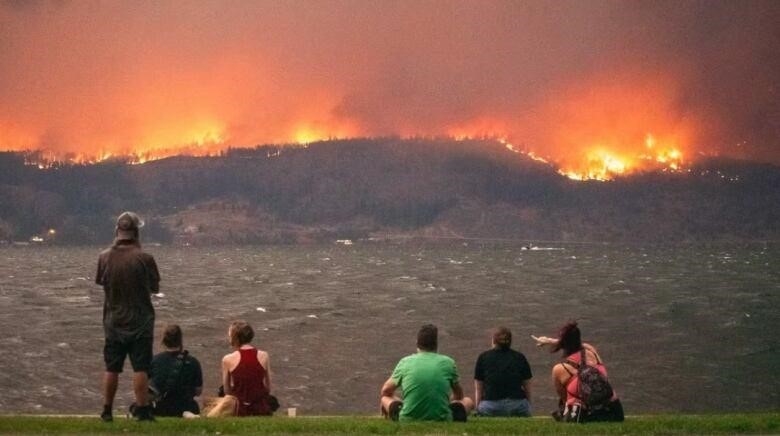
Would sirens from the past work better?
Hawaii has an extensive outdoor siren alert system, more than 400 spread over four counties that are used to alert people primarily in the event of a tsunami, though according to the Hawaii Emergency Management Agency (HI-EMA), they can also be used to alert people of a hurricane, volcano or wildfire.
But no sirens went off as flames quickly engulfed Maui on Aug. 8.
Maui’s emergency management chief later said the sirens purposely weren’t used because people associate them with tsunami danger, and might have led people to move toward the fire.
“The public is trained to seek higher ground in the event that the siren is sounded,” said Herman Andaya.
Though he said he stood by the decision, Andaya resigned from his position a day later.
Several jurisdictions in Canada still have sirens, including tsunami warning systems in B.C., and those near nuclear power plants and other industrial areas in Ontario.
